An Exciting New Book: Transforming Education Through Legacies and Dreams
A Cooperative Article with Alan Hilsabeck
Dear Friends and Fellow Educators,
I'm excited to share with you my recent reflections on a remarkable educational journey. As someone deeply invested in transformative teaching practices, I had the privilege of writing the foreword to Alan Hilsabeck's new book Beyond the Lesson Plan: Nurturing Dreams and Building Classroom Legacies.
Here are my thoughts on how his work connects to the timeless principles of education that continue to shape our field...
Following my foreword, Alan offers his own overview of this exciting project. I hope my readers will check out this book. As I remarked to Alan, this series isn't just valuable for learning about teaching with AI—it provides fundamental insights into teaching itself. Think of it as a more experiential, narrative version of Harry Wong's The First Days of School: How to Be an Effective Teacher. Where Wong provides foundational principles, Alan's work brings them to life through real stories of transformation in the classroom.
Nick Potkalitsky, Ph.D.
Nick’s Foreword: “The Eternal Student: From San Lorenzo to Studio DHJ”
In 1907, Maria Montessori walked into a room full of children whom society had discarded. In the slums of San Lorenzo, Rome, in what was essentially a childcare center for working parents, she encountered what others saw as chaos. But where others saw disorder, Montessori saw something profound. Through careful observation, she noticed how these "difficult" children would enter states of deep concentration when engaged with meaningful work. She watched as they repeatedly chose certain activities over others, demonstrating an innate drive toward self-development.
From these observations emerged principles that would revolutionize our understanding of education. The child, Montessori discovered, was not an empty vessel to be filled but a being with an intrinsic drive to learn and grow. "The child is both a hope and a promise for mankind," she wrote in Education and Peace (1949). She recognized that students themselves were the greatest teachers – their engagement, their resistance, their moments of breakthrough all offering guidance to the attentive educator.
Figure 1. Architectural Plan 1 from a Senior Student in Alan’s Dream Factory.
Montessori's approach centered on what she called the "prepared environment" – a space thoughtfully designed to support natural development and spontaneous learning. But more than just physical space, this environment encompassed the delicate art of knowing when to step in and when to step back, of recognizing those precious moments of readiness and inquiry. She understood the profound importance of work, particularly work of the hands, in developing both intellect and character. As she noted in The Absorbent Mind (1949), "The hand is the instrument of intelligence. The child needs to manipulate objects and to gain experience by touching and handling."
A century later, in a very different time and place, Alan Hilsabeck embarked on his own journey of educational discovery. As I read his account of transforming Room 1219 into Studio DHJ, I'm struck by how his evolution as an educator mirrors Montessori's fundamental insights. His first year of teaching served as his San Lorenzo – a crucible where his preconceptions about education were stripped away, forcing him to look deeper, to truly see his students.
Like Montessori, Alan's breakthrough came through careful observation and a willingness to let go of traditional authority. The transformation begins when he realizes that his expertise as an architect means little without first establishing genuine connection with his students. His wife Beth's metaphor of the elevator – the need to meet students where they are rather than expecting them to climb to meet us – captures perfectly what Montessori understood about the teacher's role.
Figure 2. Architectural Plan 2 from a Senior Student in Alan’s Dream Factory.
The stories of his students – Valeria, whose quiet strength transformed the studio into a family; Luis, whose natural leadership emerged when given the right environment; Yadira, whose silent determination proved that growth need not be loud – these echo Montessori's observations about the unique potential within each child. Through these narratives, Alan shows us how the principles Montessori discovered in that first Casa dei Bambini remain powerfully relevant today.
But perhaps the most striking parallel lies in Alan's recognition of the reciprocal nature of teaching and learning. Just as Montessori found herself transformed by her observations of those first children, Alan's journey reveals how authentic teaching inevitably changes the teacher. His evolution from "the most hated teacher on campus" to the creator of the Dream Factory demonstrates what becomes possible when we're humble enough to let our students teach us how to teach them.
This book isn't just about educational methodology or classroom management. It's about the profound transformation that occurs when we truly see our students, when we create spaces that honor their potential, and when we remain humble enough to learn alongside them. In documenting this journey with such care and honesty, he shows us how the very act of reflecting on our practice deepens our understanding of what it means to teach and learn. Each story becomes a mirror, inviting us to examine our own evolution as educators.
Alan's journey reminds us that the best teaching, like Montessori discovered over a century ago, begins with observation, flourishes through trust, and culminates in the joy of mutual discovery. In writing his way toward understanding, he shows us the path to our own.
Nick Potkalitsky, Ph.D.
Alan’s Overview: “How the Dream Factory Turned Challenges into Opportunities”
When I wrote Beyond the Lesson Plan: Nurturing Dreams and Building Classroom Legacies, I wanted to chronicle a journey—not just my own, but the transformation of an ordinary classroom into the Dream Factory. It’s a space where creativity, resilience, and purpose flourish, and where students like Gabriel discover their voice and potential.
This second installment in the Revolutionizing Education with AI trilogy, created with Diana, AI, builds on real stories and strategies that empower educators to inspire students in meaningful ways. With a foreword by Dr. Nicolas Potkalitsky, the book bridges human connection with innovation, offering a blueprint for education that truly transforms lives.
Figure 3. Freshman Project, “Wild About Gehry.”
The Foundations of the Dream Factory
In Chapter 2: Foundations for Transformation, I recount the moment I returned to Room 1219 for a fresh start. The walls were freshly painted, and the name “Studio DHJ” was emblazoned above the door. But behind the new façade lay the lingering challenges of the previous year—a year marked by struggles, skepticism, and fractured trust.
“This wasn’t just about creating a classroom. It was about building a culture—a space where students felt safe to fail, to dream, and to try again.” (Chapter 2)
The first major test of this philosophy came with the Cardboard Chair Challenge, a project designed to teach resilience and problem-solving.
“One by one, students brought their chairs to the front of the room. Most collapsed under the weight of their testers. But instead of defeat, there was laughter—then determination. They didn’t see failure as the end; they saw it as a beginning.” (Chapter 2)
This shift—from fear to possibility—became the foundation of the Dream Factory.
Gabriel’s Journey: The Quiet Challenger
Gabriel’s story, as told in Chapter 11: Gabriel – The Quiet Challenger, embodies the essence of the Dream Factory. A quiet and introspective student, Gabriel often lingered at the edges of group discussions, observing before speaking. But his questions—deliberate and insightful—challenged not just his peers, but me as his teacher.
One of Gabriel’s pivotal moments came during the “Community Solutions” project, where he chose to address food insecurity in his neighborhood.
“His project—a conceptual design for a community garden—was meticulous and thoughtful. Gabriel didn’t just want to build a garden; he wanted to create a space where people could come together, find nourishment, and build community.” (Chapter 11)
Gabriel’s leadership was quiet but powerful. During a group project to design a minor league baseball stadium, tensions rose among his teammates. Gabriel’s calm suggestion—“What if we take the best parts of each idea and build something better together?”—refocused the group and led to a harmonious final design.
By his senior year, Gabriel had become a cornerstone of Studio DHJ. His final project—a redesigned baseball stadium—was a testament to his growth as a thinker, collaborator, and leader.
“Gabriel taught me that leadership doesn’t always look the way we expect it to. Sometimes, the quietest voices leave the deepest impact.” (Chapter 11)
The Dream Factory Opens
In Chapter 3: The Dream Factory Opens, I describe the day Studio DHJ officially came to life. The newly renovated space was filled with tools to inspire creativity—3D printers, CAD software, and laser cutters. But more importantly, it became a space where students felt seen, valued, and empowered to create.
“The Dream Factory wasn’t just about teaching architecture or design; it was about helping students discover themselves. It was about resilience, creativity, and the belief that every student carries a dream worth nurturing.” (Chapter 3)
The curriculum focused on foundational skills like sketching and perspective drawing, alongside collaborative projects that emphasized problem-solving and innovation.
“Students weren’t just learning to design buildings—they were learning to design their futures.” (Chapter 3)
Figure 4. A Collaboration Between Last Year's Seniors and one of the Dream Factory’s Industry-Based Partners.
Why This Book Matters
Beyond the Lesson Plan is more than a memoir; it’s a guide for educators who want to create classrooms that inspire, challenge, and transform. With stories like Gabriel’s and strategies like the Cardboard Chair Challenge, the book offers practical tools and reflective insights for turning any classroom into a Dream Factory.
The Trilogy Offering
This book is part of the Revolutionizing Education with AI trilogy, which includes:
1. Revolutionizing Education with AI: Exploring AI Through Storytelling – A foundational exploration of AI’s transformative role in education, written by Alan Hilsabeck with AI collaboration.
2. Beyond the Lesson Plan: Nurturing Dreams and Building Classroom Legacies – Authored by Alan Hilsabeck in collaboration with Diana, AI, this book focuses on the human connection at the heart of teaching.
3. The Dream Factory: Transforming Education Across Subjects – A Blueprint for Scaling Creativity, Collaboration, and Technology in Every Classroom – Fully authored by Diana, AI, with guidance and insights from Alan Hilsabeck, this book provides a practical roadmap for scaling innovation in education.
Bringing It to Readers
As I prepare to release the trilogy as a bundled offering on Amazon KDP, I’m excited to share these stories and strategies with educators around the world. Gabriel’s journey and the evolution of Studio DHJ are just two examples of how the Dream Factory philosophy can change lives.
To Dr. Nick’s readers, I hope this article offers a glimpse into the transformative power of Beyond the Lesson Plan. If you’ve ever wondered how to create a classroom where students like Gabriel can thrive, I invite you to explore this book and the trilogy.
Let’s nurture dreams, build legacies, and revolutionize education—together.
Enjoy and DREAM!
Alan Hilsabeck
Check out some of our favorite Substacks:
Mike Kentz’s AI EduPathways: Insights from one of our most insightful, creative, and eloquent AI educators in the business!!!
Terry Underwood’s Learning to Read, Reading to Learn: The most penetrating investigation of the intersections between compositional theory, literacy studies, and AI on the internet!!!
Suzi’s When Life Gives You AI: An cutting-edge exploration of the intersection among computer science, neuroscience, and philosophy
Alejandro Piad Morffis’s Mostly Harmless Ideas: Unmatched investigations into coding, machine learning, computational theory, and practical AI applications
Michael Woudenberg’s Polymathic Being: Polymathic wisdom brought to you every Sunday morning with your first cup of coffee
Rob Nelson’s AI Log: Incredibly deep and insightful essay about AI’s impact on higher ed, society, and culture.
Michael Spencer’s AI Supremacy: The most comprehensive and current analysis of AI news and trends, featuring numerous intriguing guest posts
Daniel Bashir’s The Gradient Podcast: The top interviews with leading AI experts, researchers, developers, and linguists.
Daniel Nest’s Why Try AI?: The most amazing updates on AI tools and techniques
Riccardo Vocca’s The Intelligent Friend: An intriguing examination of the diverse ways AI is transforming our lives and the world around us.
Jason Gulya’s The AI Edventure: An important exploration of cutting edge innovations in AI-responsive curriculum and pedagogy.





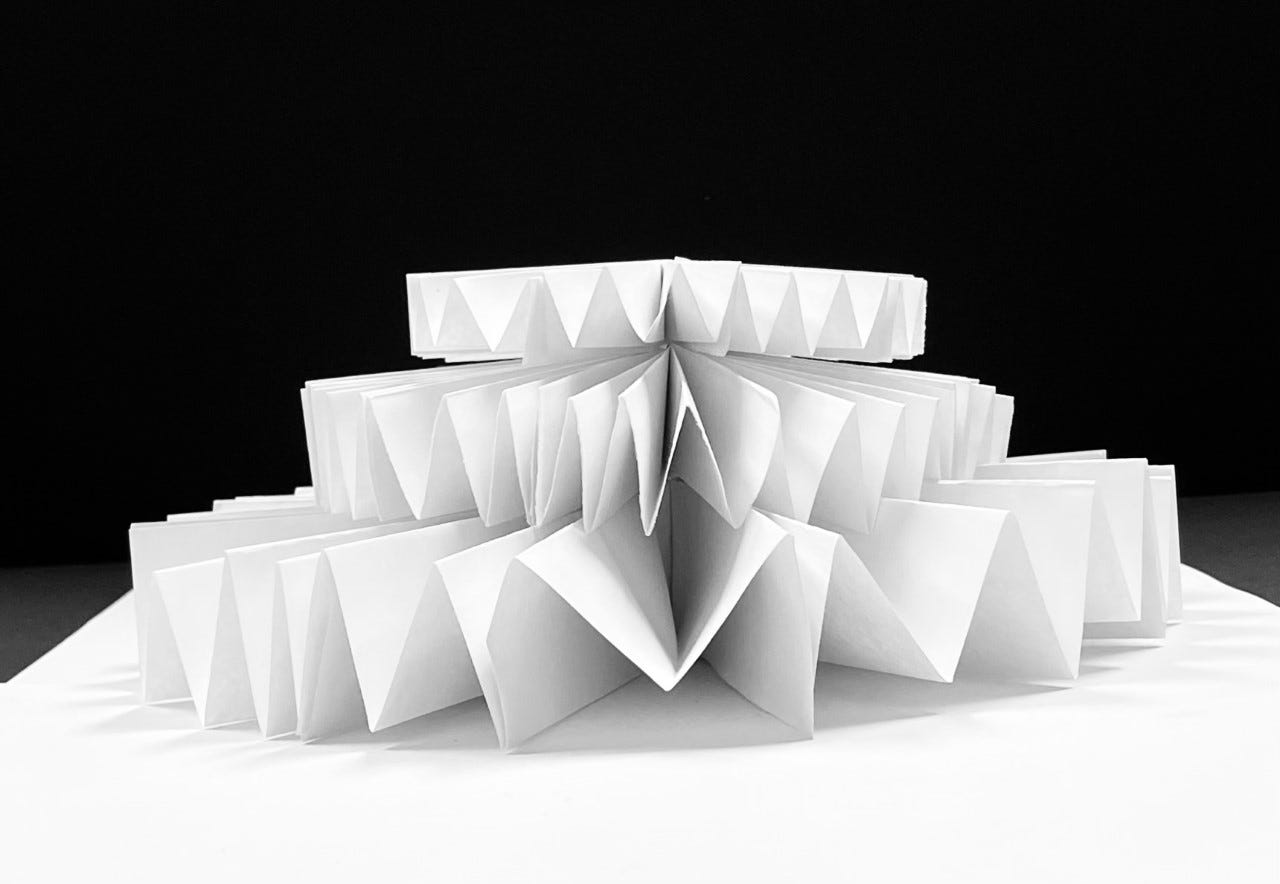
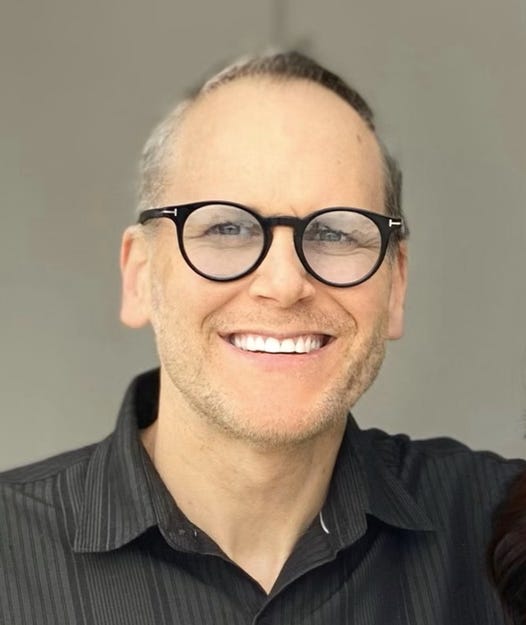

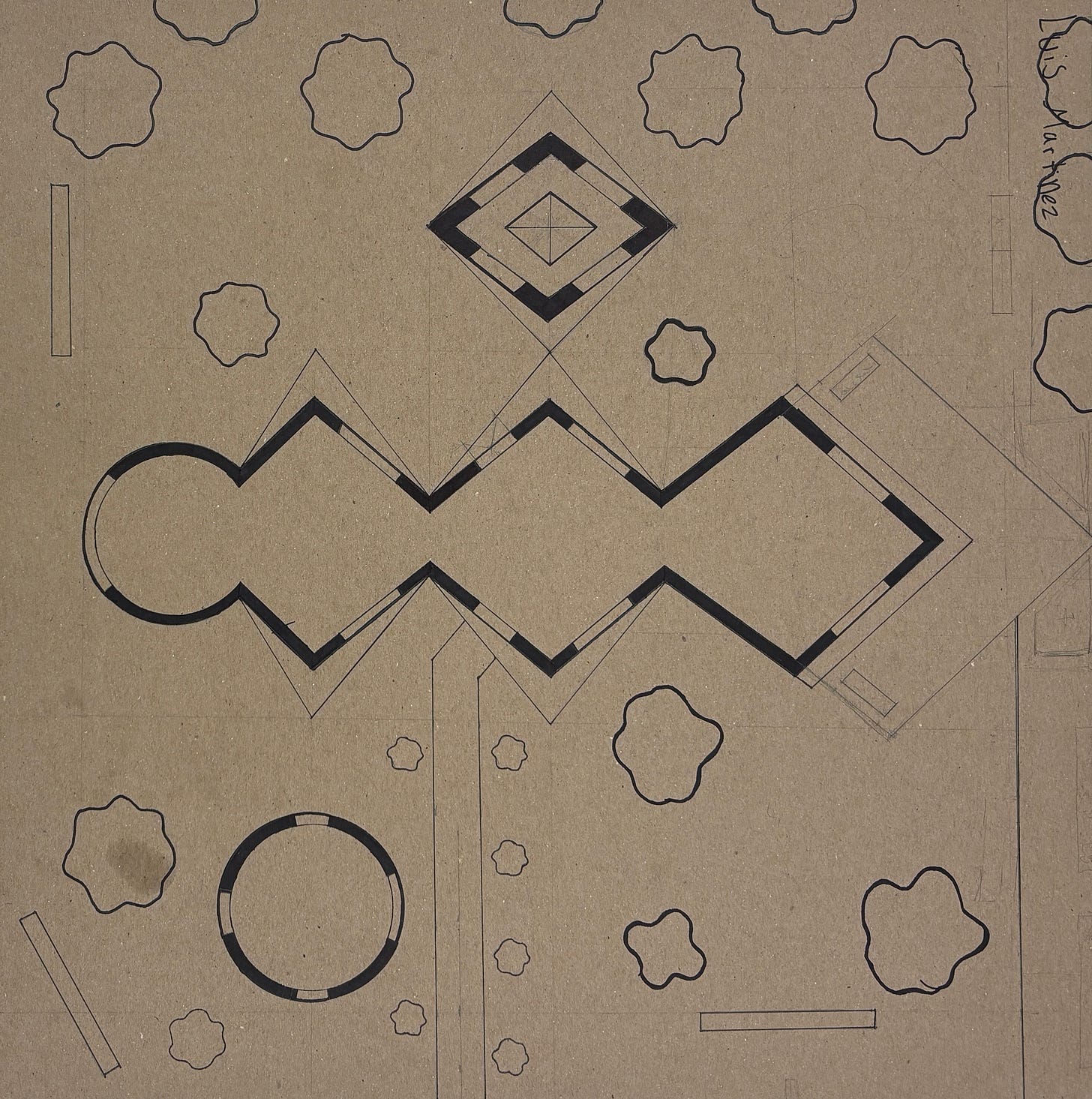
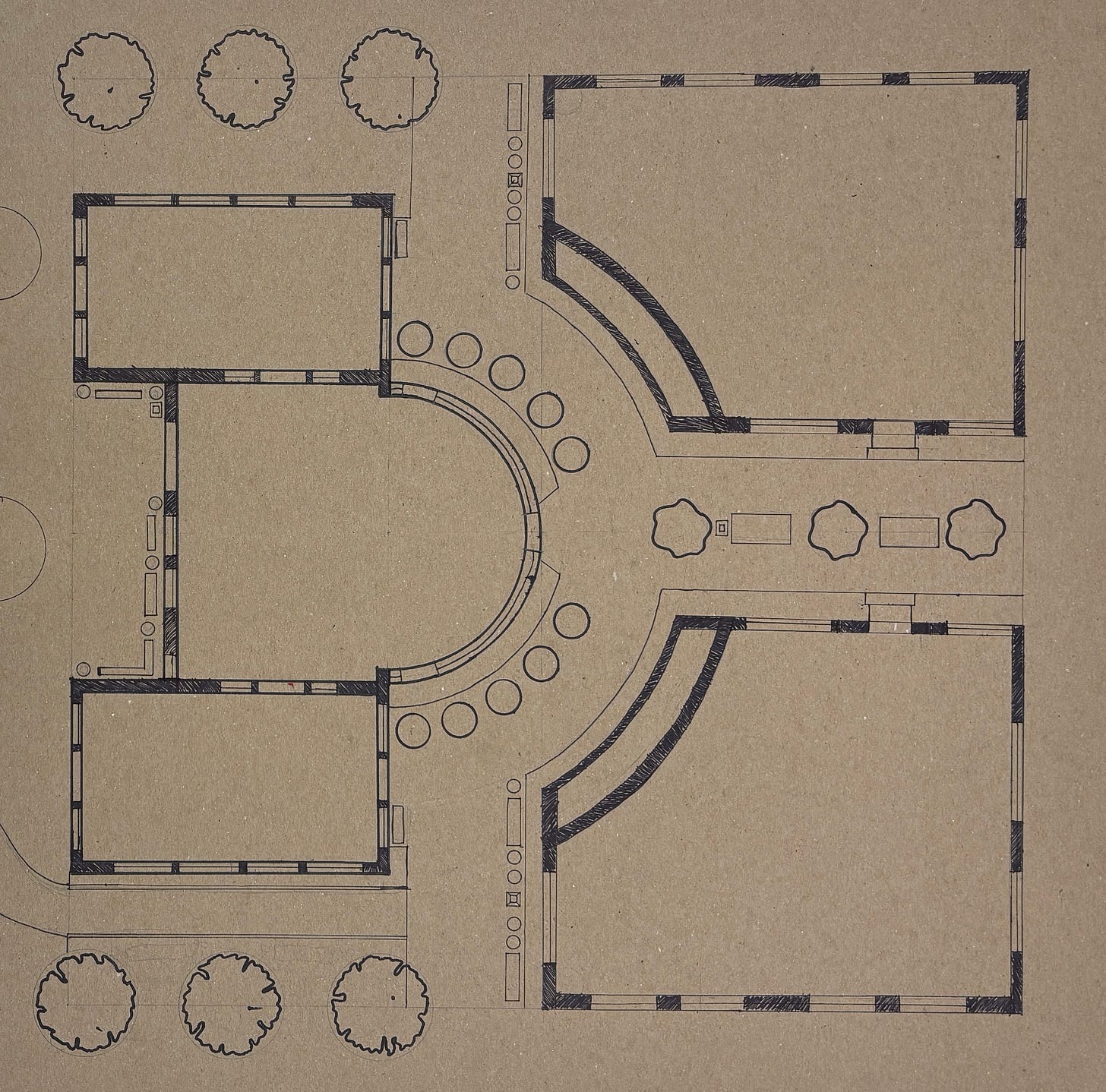

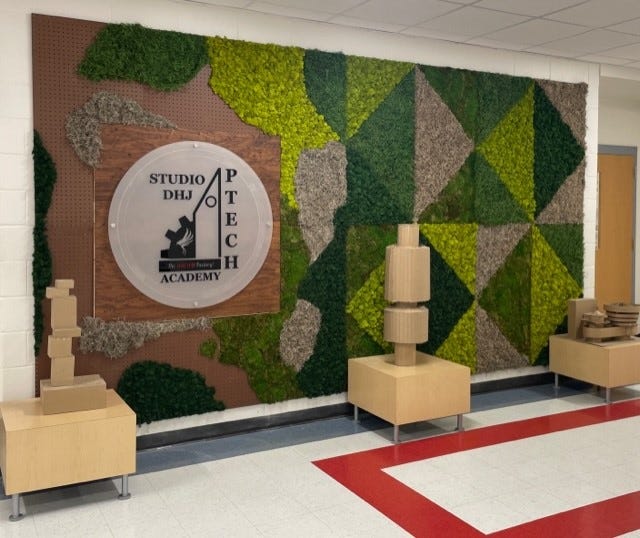

Thanks to Alan for these enlightening perspectives. I wanted to share a brief thought regarding the elevator metaphor used by Beth in his educational approach. While I appreciate the intention behind it, I find the concept of "descending to the student's level" might carry an unintended negative connotation, suggesting that the student's level is somehow "lower" or "lesser."
Instead, I propose reimagining this as both the teacher and student embarking on a shared journey or path. In this vision, education becomes about walking together, where the teacher adjusts their pace and approach to meet the student where they are, not in terms of hierarchy but in terms of mutual respect and understanding. This reframing emphasizes collaboration and continuous learning as a shared experience, rather than an ascent or descent.
Thank you for your work in education, and I hope this feedback is constructive ;)